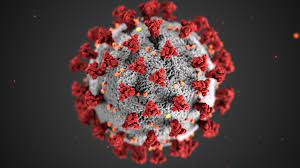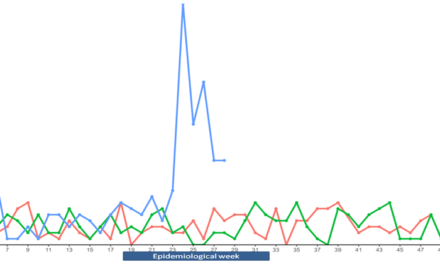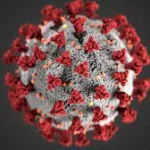The National Testing Agency (NTA) has introduced new tie-breaker rules for the National Eligibility cum Entrance Test-Undergraduate (NEET-UG) 2025. These changes aim to ensure a fair resolution in cases where multiple candidates achieve the same scores.
Revised Tie-Breaking Criteria
According to the latest NEET-UG information bulletin, the tie-breaking process will follow these seven sequential criteria:
- Higher Marks in Biology (Botany & Zoology): Candidates with higher scores in Biology will be ranked higher.
- Higher Marks in Chemistry: If the tie persists, the candidate with a higher Chemistry score will be ranked higher.
- Higher Marks in Physics: Next, the candidate with a higher Physics score will be given preference.
- Lower Proportion of Incorrect to Correct Answers in All Subjects: The candidate with fewer incorrect responses relative to correct ones will be ranked higher.
- Lower Proportion of Incorrect to Correct Answers in Biology: If necessary, this factor will be considered next.
- Lower Proportion of Incorrect to Correct Answers in Chemistry: The candidate with a lower ratio of incorrect to correct responses in Chemistry will be given priority.
- Lower Proportion of Incorrect to Correct Answers in Physics: The same logic applies to Physics scores.
Final Tie-Breaking Measure: Random Process
If a tie remains unresolved after applying these seven rules, the NTA will implement a “random process” to determine rankings. This final decision will be overseen by an impartial expert committee to ensure fairness and transparency.
The revised tie-breaker rules reflect NTA’s commitment to refining the evaluation process and maintaining the credibility of the NEET-UG ranking system.
Disclaimer:
This article is based on official announcements and reports. Candidates are advised to refer to the NTA’s official website for the latest updates and detailed guidelines.












